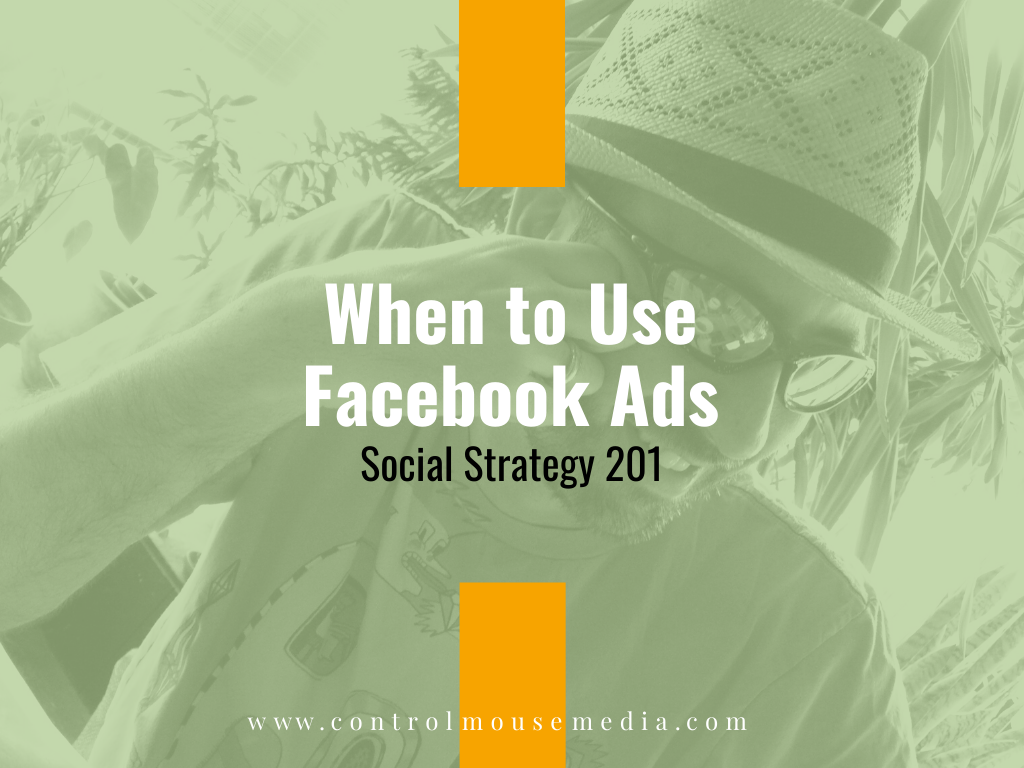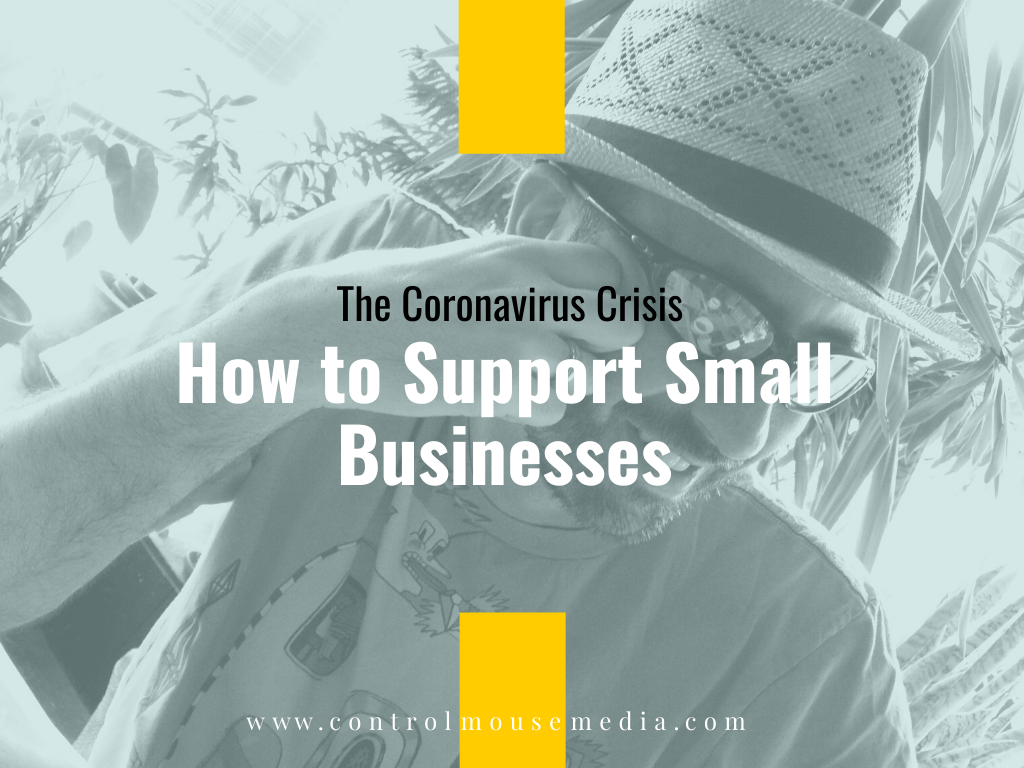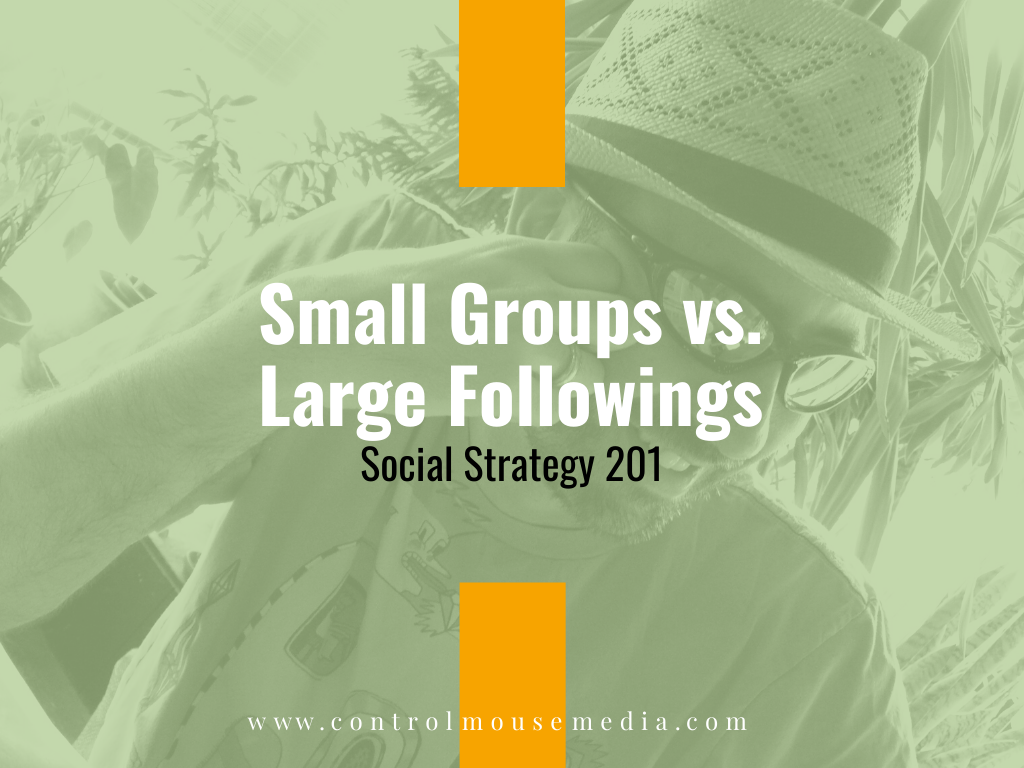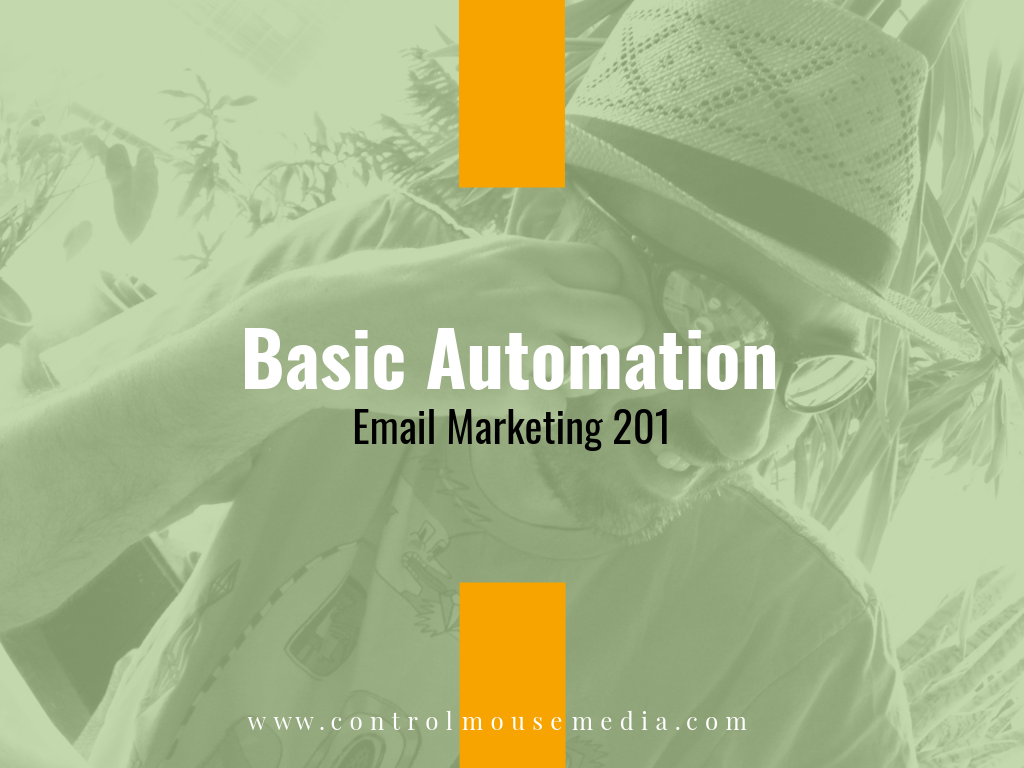There are two cases where it really makes sense to run a Facebook Ad. But it cannot be a standalone strategy. Let’s look at what needs to be set up before you start running ads or boosting posts, so that you don’t spend your money on useless “eyeballs.”
How to Support Small Businesses During the Coronavirus Crisis
How Small Businesses Can Survive the Coronavirus Crisis
Small Groups vs. Large Followings: Social Strategy 201
Domain Renewal Scams: How to Avoid Them
Measurement and Iteration: Social Strategy 201
Rethinking Our Social Media Interactions: Social Strategy 201
Social Is Not What It Used to Be: Social Strategy 201
No One Wants to Read an Email Newsletter
Your Facebook Page Has Been Hacked
List Hygiene and Maintenance: Email Marketing 201
Intermediate Automation: Email Marketing 201
Basic Automation: Email Marketing 201
How to Market Your Book: A Complete Strategy in 5 Stages
Today’s successful writers are entrepreneurs. While this may seem intimidating at first, the good news is that building a business around your writing doesn’t have to happen all at once. It can be built little by little, in stages. Here’s a blueprint to get your content strategy in order, connect with the right people, and form a supportive community.
















